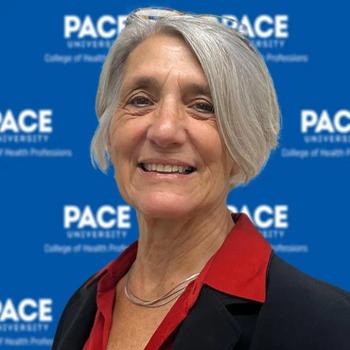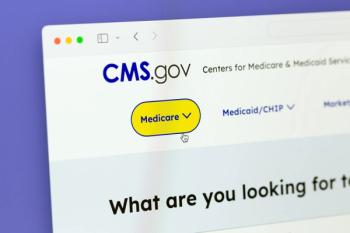
Opioid Prescriptions, Addiction More Common in Older HIV Patients
Older adults living with HIV face higher rates of opioid prescribing and opioid use disorder than their HIV-negative peers, according to new research from Rutgers University.
Older adults living with HIV are prescribed opioids at a higher rate and are more likely to develop opioid use disorder when compared with the general population, according to the results of a recent Rutgers University
This study is the first to examine the effects of opioid use disorder specifically in HIV patients ages 65 and older. This population is especially at risk because opioid use disorder has been tied to pneumonia, increased fall risk,
“We found that older adults with HIV were more likely to receive high-risk opioid prescriptions—higher doses, overlapping prescriptions and for longer durations,” Stephanie Shiau, Ph.D., M.P.H., associate professor at the Rutgers School of Public Health and lead author of the study, said in a news release. “These practices can increase the likelihood of opioid-related harms in an already vulnerable population.”
Shiau and her team analyzed prescription and medical records of more than 650,000 Medicare beneficiaries with Part D coverage between 2008 and 2021, specifically 163,429 beneficiaries with HIV and 490,287 beneficiaries without HIV. The sample of HIV positive patients was predominantly male (72%) and living in the southern United States (42%).
They found that more than 1 in 3 (35%) of older adults with HIV received at least one opioid prescription per year during this time, while 28% of older adults without HIV received at least one opioid prescription per year. Additionally, 5% of people with HIV received overlapping opioid prescriptions for more than 7 consecutive days, while only 4% of people without HIV did. People living with HIV were also more likely to receive prescriptions greater than 120 mg (3%) than people without HIV (2%).
Shiau and her team also found that between 2008 and 2016, older adults with HIV were more than twice as likely to show formal signs of opioid use disorder, which include records of a formal diagnosis, opioid-related hospital visits or opioid use disorder treatments.
Up to 85% of HIV patients, regardless of age, report chronic pain, which can be tied to nerve damage caused by the virus, antiretroviral medication side effects or opportunistic infections required because of a weakened immune system. People with HIV are also living longer than before, due to advances in antiretroviral medication. When the HIV epidemic began in the early 1980s, an HIV diagnosis was always fatal. Now, HIV patients can live for decades after their diagnosis, depending on the age they were diagnosed. For example, someone diagnosed with HIV in a high-income country at age 20 can expect to live at least
“In light of this study’s finding, clinicians treating older adults with HIV should consider alternative therapies for pain, and public health researchers and policy makers should consider screening and prevention programs for opioid use disorder in older adults living with HIV,” Shiau and her researchers write in the study. “Future research should explore the interaction of ART and opioid use disorder, as well as morbidity and mortality associated with opioid use in older people with HIV.”
Newsletter
Get the latest industry news, event updates, and more from Managed healthcare Executive.





















































